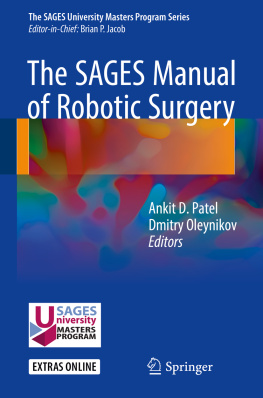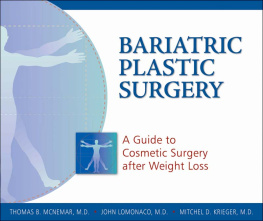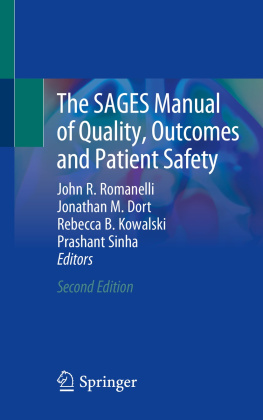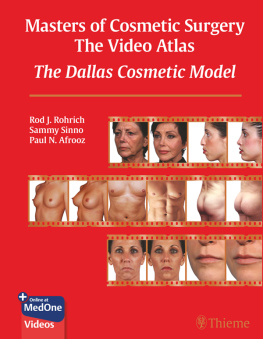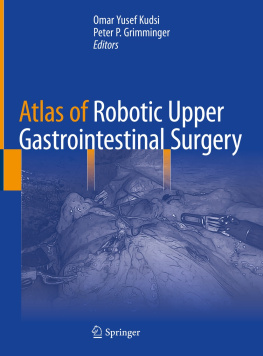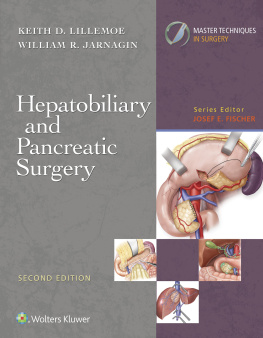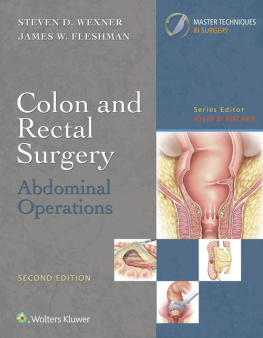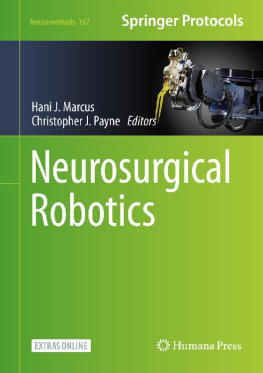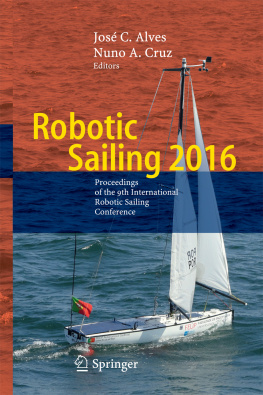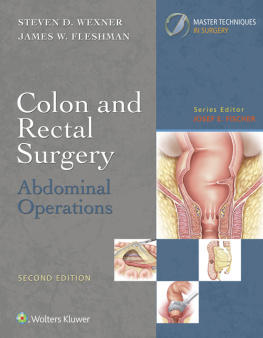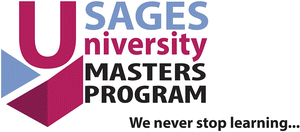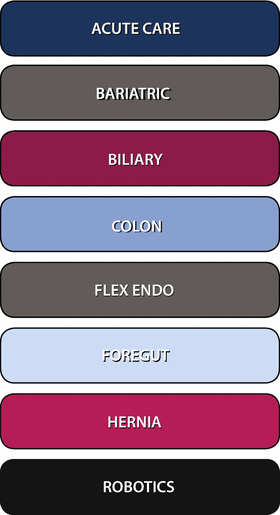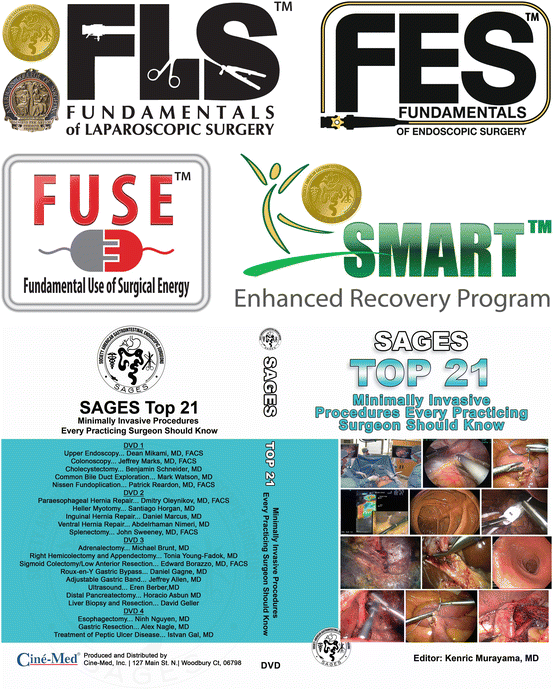Robotic Surgery Curriculum
The Robotic Curriculum is a little different from the other SAGES Masters Program pathways. To complete the robotic pathway, a robotic surgeon should complete requirements in the corresponding pathway. For example, for successful completion of the Robotic Competency Curriculum for Hernia, the learner should be able to demonstrate a robotic ventral hernia for competency, a robotic inguinal hernia for proficiency, and a robotic complex abdominal wall reconstruction or a recurrent hernia repair to accomplish mastery. This recognizes the importance of understanding disease and also unique technical expertise of mastering the robot technology.
The key elements of the Robotic Surgery curriculum include core lectures for the pathway, which provides a 45-min general overview including basic anatomy, physiology, diagnostic workup, and surgical management. As of 2018, all lecture content of the annual SAGES meetings are labeled as follows: Basic (100), intermediate (200), and advanced (300). This allows attendees to choose lectures that best fit their educational needs. Coding the content additionally facilitates online retrieval of specific educational material, with varying degrees of surgical complexity, ranging from introductory to revisional surgery.
SAGES identified the need to develop targeted, complex content for its mastery level curriculum. The idea was that these 25-min lectures would be focused on specific topics. It assumes that the attendee already has a good understanding of diseases and management from attending/watching competency and proficiency level lectures. Ideally, in order to supplement a chosen topic, the mastery lectures would also identify key prerequisite articles from Surgical Endoscopy and other journals, in addition to SAGES University videos. Many of these lectures will be forthcoming at future SAGES annual meetings.
The MASTERS Program has a self-assessment, multiple-choice exam for each module to guide learner progression throughout the curriculum. Questions are submitted by core lecture speakers and SAGES annual meeting faculty. The goal of the questions is to use assessment for learning, with the assessment being criterion referenced with the percent correct set at 80%. Learners will be able to review incorrect answers, review educational content, and retake the examination until a passing score is obtained.
The MASTERS Program Robotic Surgery curriculum taps much of the of SAGES existing educational products including FLS, FES, FUSE, SMART, Top 21 videos and Pearls (Fig.. After learners complete the self-paced modules, they may take the certifying examination.
Fig. 1.4
SAGES educational content : FLS, FUSE, FES, SMART, Top 21 video
The SAGES Surgical Multimodal Accelerated Recovery Trajectory (SMART) Initiative combines minimally invasive surgical techniques with enhanced recovery pathways (ERPs) for perioperative care, with the goal of improving outcomes and patient satisfaction. Educational materials include a website with best practices, sample pathways, patient literature, and other resources such as videos, FAQs, and an implementation timeline. The materials assist surgeons and their surgical team with implementation of an ERP .
Top 21 videos are edited videos of the most commonly performed MIS operations and basic endoscopy. Cases are straightforward with quality video and clear anatomy.
Pearls are step-by-step video clips of 10 operations. The authors show different variations for each step. The learner should have a fundamental understanding of the operation.
SAGES Guidelines provide evidence-based recommendations for surgeons and are developed by the SAGES Guidelines Committee following the Health and Medicine Division of the National Academies of Sciences, Engineering, and Medicine standards (formerly the Institute of Medicine) for guideline development []. SAGES Guidelines cover a wide range of topics relevant to the practice of SAGES surgeon members and are updated on a regular basis. Since the developed guidelines provide an appraisal of the available literature, their inclusion in the MASTERS Program was deemed necessary by the group.

